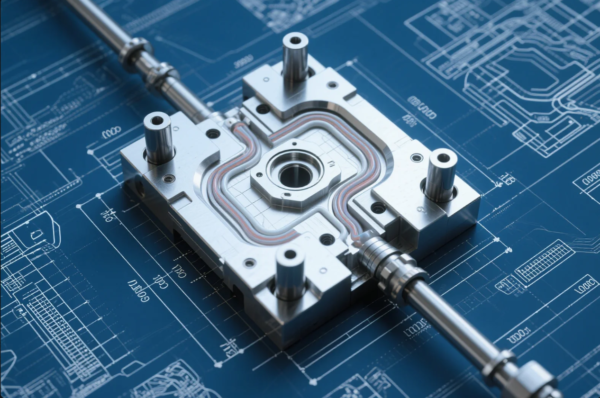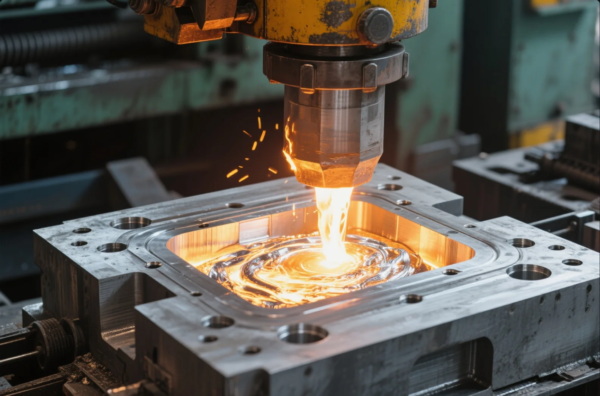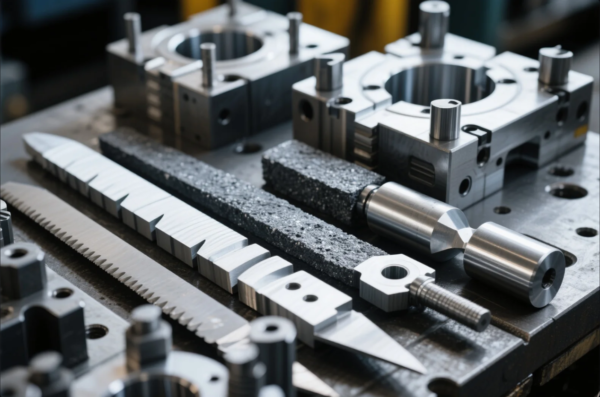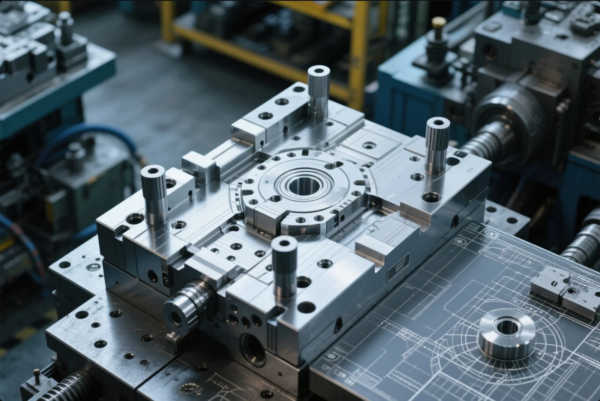What is meant by galvanization?
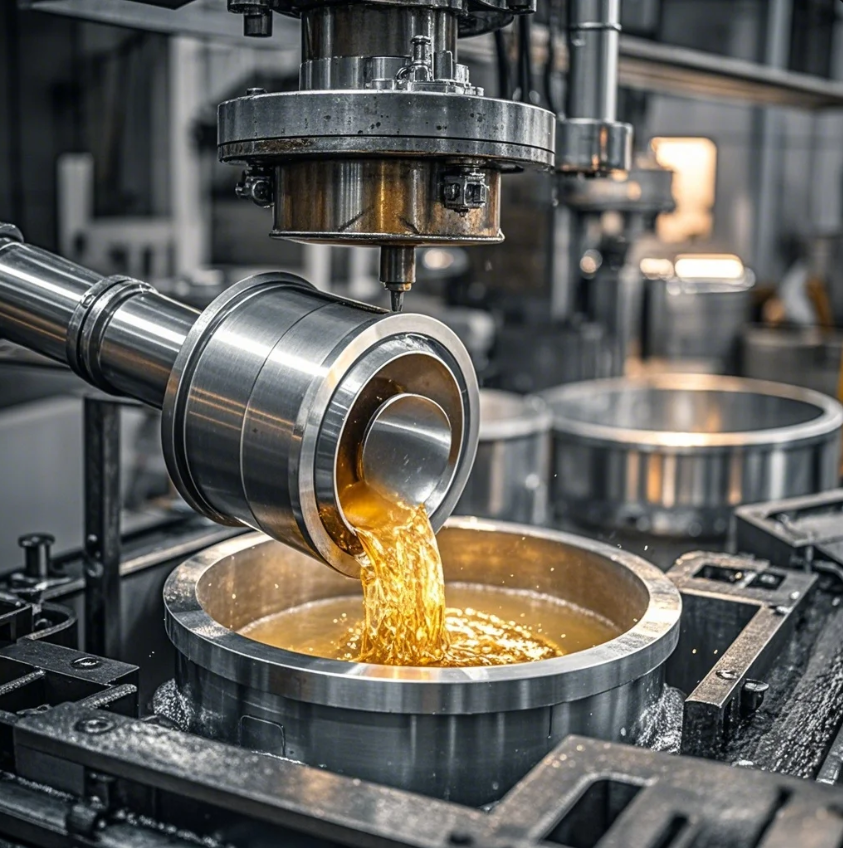
Galvanization is a crucial process in industries like construction, automotive, and electronics. But what exactly does it mean, and why is it so important for metal materials?
Snippet paragraph:
Galvanization is a method used to protect metals from corrosion. In this article, we'll explain the process of galvanization and its significance in various industries.
Transition paragraph:
Keep reading to understand what galvanization is, its meaning, and how it helps extend the lifespan of materials in different applications.
What is galvanization meaning?
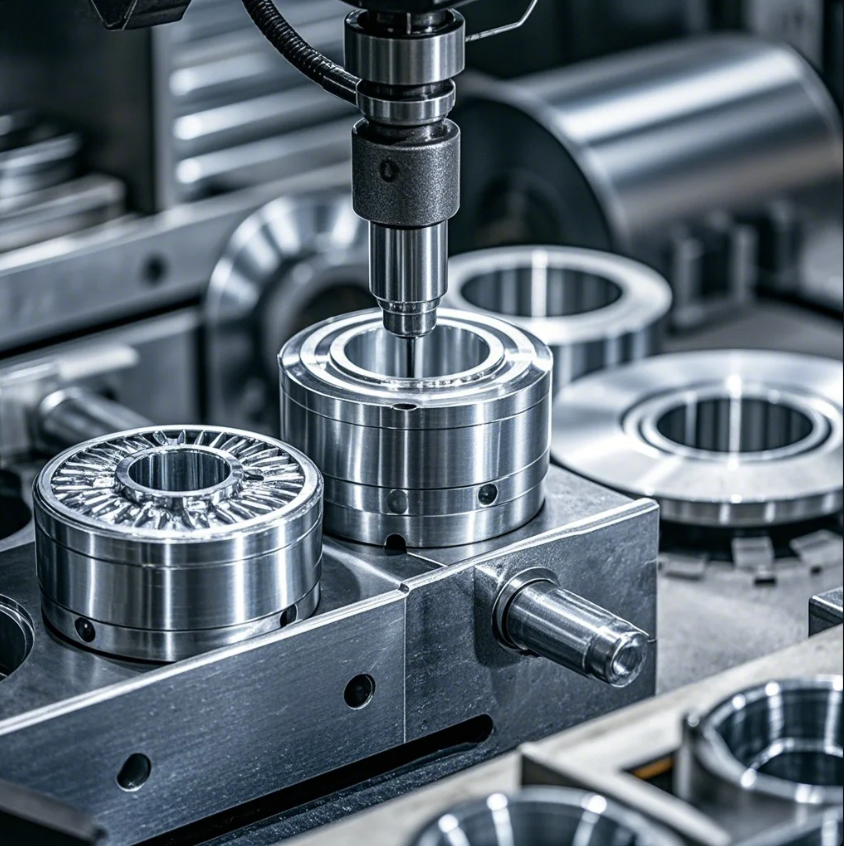
Galvanization refers to the process of coating a metal, usually steel or iron, with a protective layer of zinc to prevent corrosion. The zinc layer acts as a barrier that shields the base metal from moisture, oxygen, and other environmental factors that can cause rust and degradation.
How Galvanization Works
The process involves immersing the metal in a bath of molten zinc, or it can be done using electroplating methods. Once the zinc adheres to the metal, it forms a protective coating that prevents the metal underneath from reacting with elements in the environment. Zinc also has sacrificial properties, meaning it corrodes before the base metal does, ensuring prolonged protection.
Why is Galvanization Important?
Galvanization is essential because it significantly extends the lifespan of metals, especially in outdoor and harsh environments. This makes galvanized materials ideal for use in construction, automotive, and infrastructure projects. For example, galvanized steel is widely used in bridges, railings, and roofs because of its resistance to rust.
What does galvanating mean?
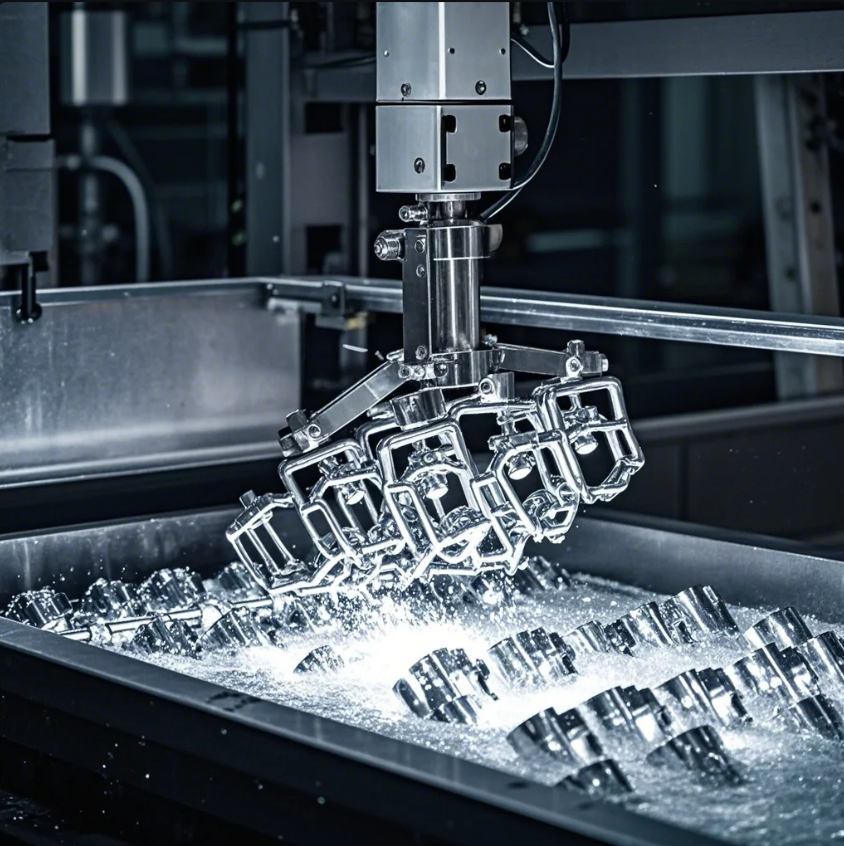
Galvanating is simply another term used for the process of galvanization, where a metal is coated with a layer of zinc to protect it from corrosion. It’s the act of applying the protective zinc coating to prevent damage from environmental exposure, which is why the term “galvanating” is often used interchangeably with “galvanizing.”
Key Points About Galvanating
- Coating Protection: The zinc coating serves as a sacrificial layer, meaning it will corrode first before the underlying metal.
- Durability: Galvanated metals are highly durable, making them suitable for a wide range of applications where long-lasting protection is needed.
The Galvanizing Process
- Surface Preparation: The metal is first cleaned to remove any contaminants, such as oil, rust, or dirt, which might interfere with the bonding of the zinc.
- Zinc Coating: The cleaned metal is then submerged in molten zinc or sprayed with zinc, forming a protective layer.
- Cooling and Inspection: Once coated, the metal is allowed to cool and is inspected for coating thickness and quality.
This process ensures that the base metal remains free from corrosion for many years.
What is the meaning of galvanize?
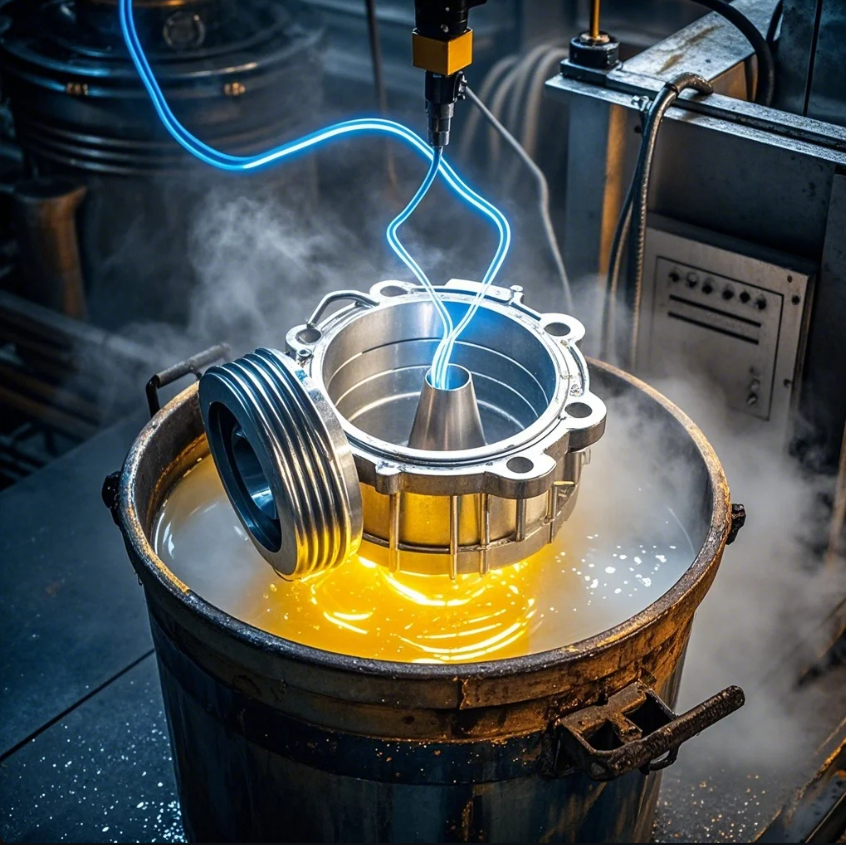
Galvanize can refer to both the technical process of coating metal with zinc and the broader idea of stimulating action or energy. In the context of metals, galvanizing means the act of coating a metal to protect it from corrosion.
However, in a non-technical sense, to galvanize also means to motivate or inspire people into action. This dual meaning of galvanize reflects the energizing effect of the zinc coating on the metal, as it gives the material added protection and longevity.
Why the Term “Galvanize” Is Used
The term comes from the early studies of electricity and metal reactions by Luigi Galvani, an Italian scientist. He discovered that electricity could induce movement in animal tissues, leading to the term "galvanize" in the sense of stimulating action. This term was later applied to metals to describe how the zinc coating energizes or protects the underlying material.
What is the meaning of Galvavising?
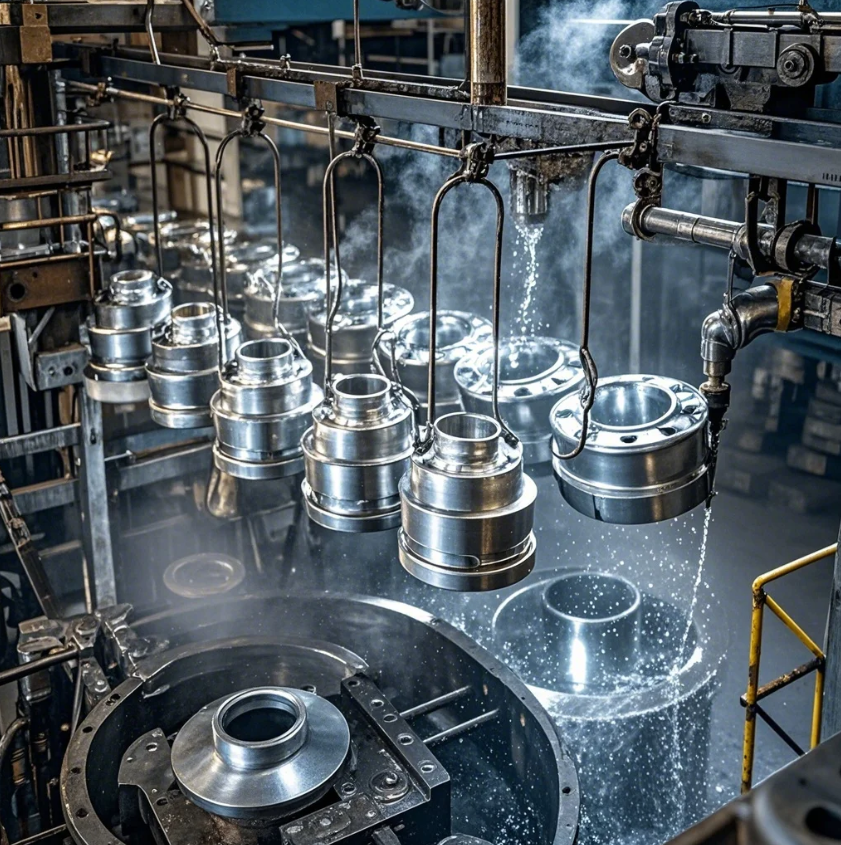
"Galvavising" seems to be a misspelling or variation of the word galvanizing, which refers to the process of coating metals with zinc. As mentioned earlier, galvanizing involves applying a protective zinc coating to metal to prevent rust and corrosion.
Common Uses of Galvanizing
- Construction: Galvanized steel is used for structural components like beams, rebar, and fencing due to its resistance to rust.
- Automotive Industry: Parts like chassis and body components are often galvanized to prevent rust and improve durability.
- Agricultural Equipment: Galvanized metals are used in farming equipment, tools, and storage due to their strength and corrosion resistance.
The Importance of Correct Term Usage
While "galvavising" might occasionally be used, it's important to recognize that galvanizing is the standard and accurate term for the process of applying a protective zinc coating.
Conclusion
Galvanization is a process that plays a vital role in protecting metals, especially steel and iron, from the damaging effects of rust and corrosion. By coating these metals with zinc, galvanization significantly extends their lifespan and makes them suitable for use in various industries such as construction, automotive, and agriculture. Whether it's called galvanizing or galvanating, the core purpose remains the same—protecting metal to ensure durability and longevity.
For high-quality galvanized products and customized metal solutions, Prime offers a wide range of durable materials designed to meet your needs. With over 20 years of experience and a commitment to top-notch quality and quick delivery, Prime is your trusted partner for corrosion-resistant materials. Contact us today for a consultation and quote!

